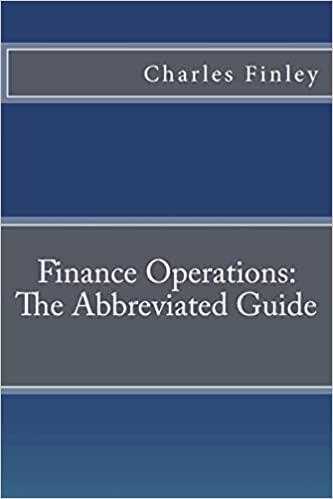Question
Refer the table below on the average risk premium of the S&P 500 over T-bills and the standard deviation of that risk premium. Suppose that
Refer the table below on the average risk premium of the S&P 500 over T-bills and the standard deviation of that risk premium. Suppose that the S&P 500 is your risky portfolio.
| Average Annual Returns | S&P 500 Portfolio | ||||||||||||||||||
| Period | S&P 500 Portfolio | 1-Month T-Bills | Risk Premium | Standard Deviation | Sharpe Ratio | ||||||||||||||
| 19262015 | 11.77 | 3.47 | 8.30 | 20.59 | 0.40 | ||||||||||||||
| 19922015 | 10.79 | 2.66 | 8.13 | 18.29 | 0.44 | ||||||||||||||
| 19701991 | 12.87 | 7.54 | 5.33 | 18.20 | 0.29 | ||||||||||||||
| 19481969 | 14.14 | 2.70 | 11.44 | 17.67 | 0.65 | ||||||||||||||
| 19261947 | 9.25 | 0.91 | 8.33 | 27.99 | 0.30 | ||||||||||||||
a. If your risk-aversion coefficient is A = 3.5 and you believe that the entire 19262015 period is representative of future expected performance, what fraction of your portfolio should be allocated to T-bills and what fraction to equity? Assume your utility function is U = E(r) 0.5 A2. (Do not round intermediate calculations. Round your answers to 2 decimal places.)
Tbills = (in %)
Equity= (in %)
b. If your risk-aversion coefficient is A = 3.5 and you believe that the entire 19701991 period is representative of future expected performance, what fraction of your portfolio should be allocated to T-bills and what fraction to equity? (Do not round intermediate calculations. Round your answers to 2 decimal places.)
Tbills = (in %)
Equity = (in %)
Step by Step Solution
There are 3 Steps involved in it
Step: 1

Get Instant Access to Expert-Tailored Solutions
See step-by-step solutions with expert insights and AI powered tools for academic success
Step: 2

Step: 3

Ace Your Homework with AI
Get the answers you need in no time with our AI-driven, step-by-step assistance
Get Started


